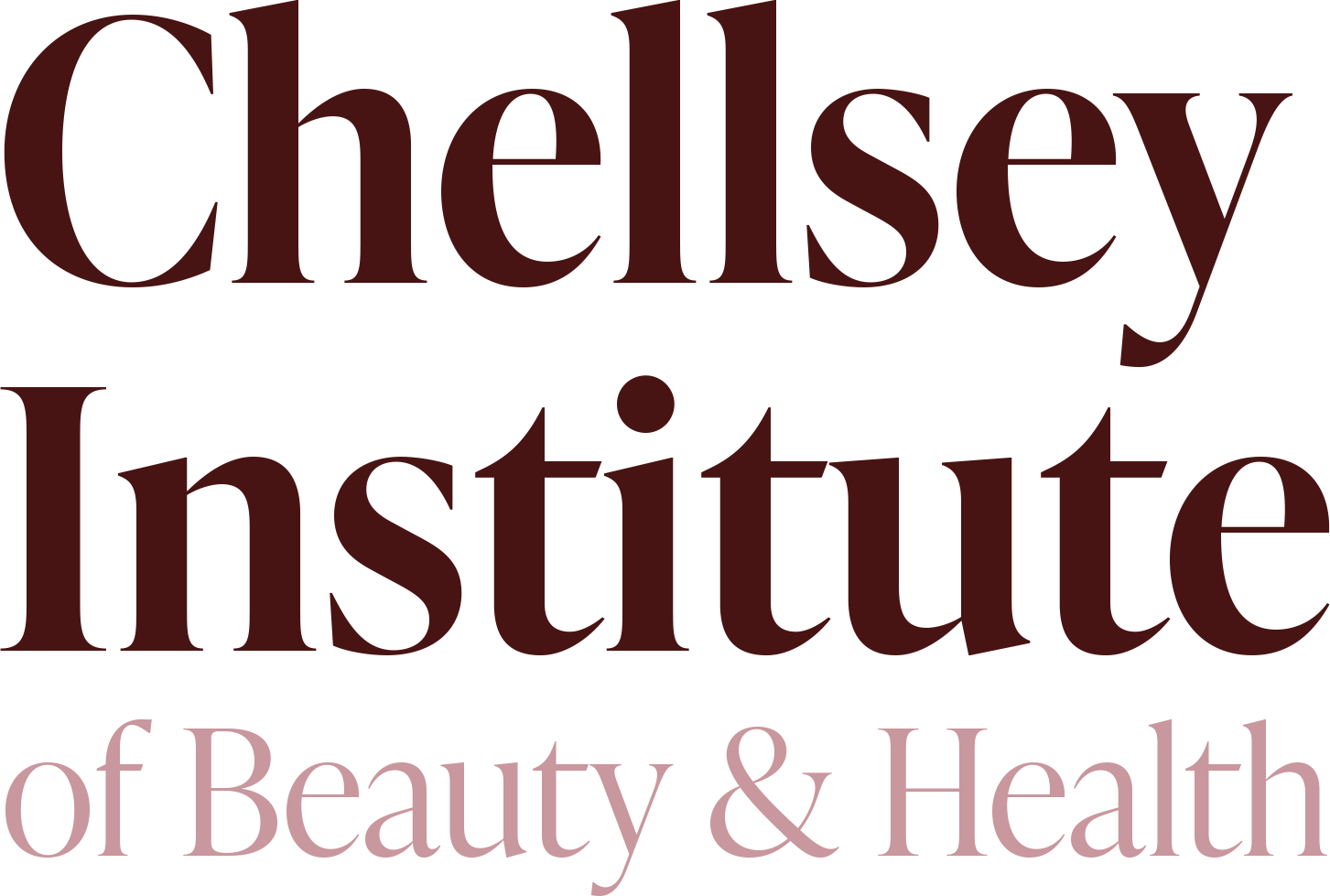How to Practice Facial Mapping as a Beginner Injector
As a new aesthetic injector, one of the most valuable skills you can develop is facial mapping. It’s more than just drawing lines on a face — it’s about understanding anatomy, reading your client’s unique features, and designing a safe, effective treatment plan. Mastering this technique early helps build confidence, improve results, and reduce the risk of complications.
Here’s how to start practicing facial mapping as a beginner injector:
1. ✅ Learn the Landmarks
Before mapping, study the anatomy of the face — muscles, arteries, fat pads, and bone structure. Focus on:
● Glabella (frown lines)
● Frontalis (forehead)
● Orbicularis oculi (crow’s feet)
● Zygomatic arch (cheek support)
● Nasolabial folds and marionette lines
● Mentalis and jawline
Marking these areas correctly is key to avoiding high-risk zones and achieving balanced results.
2. 🧴 Start with a Clean Canvas
Always start by thoroughly cleansing the client’s skin and ensuring proper lighting. Use a white eyeliner pencil, surgical marker, or skin-safe marker to draw directly on the face. Choose a fine tip to stay precise and neat.
3. ✍️ Map Based on Facial Movement
Ask the client to smile, frown, raise their brows, and squint. This will help you assess:
● Muscle strength and dominance
● Asymmetry
● Wrinkle patterns
● Volume loss areas
Use this real-time feedback to guide injection points, especially with Botox®, where movement patterns are essential.
4. 📐 Use Proportional Guidelines
Reference aesthetic rules like the Golden Ratio and Rule of Thirds to assess harmony and balance. These proportions help you decide where volume is needed or where muscle activity is strongest.
5. 🧠 Practice on Facial Charts & Mannequins
Before working on real clients, practice mapping on:
● Printed facial anatomy diagrams
● Reusable silicone face mannequins
● Photos from case studies
This helps train your eye and hand coordination.
6. 📸 Document & Learn
Take photos of your mapped areas (with consent) and compare them to post-treatment results. Reflect on what worked well and where you’d adjust next time. This is an excellent habit to grow your skill over time.
🎓 Learn Mapping at Chellsey Institute
At Chellsey Institute of Beauty & Health, we teach facial mapping as part of every injectable training course—helping students move from nervous beginners to confident, precise professionals.
👉 Explore our injectable certification programs
Every great injector starts with a great map.

